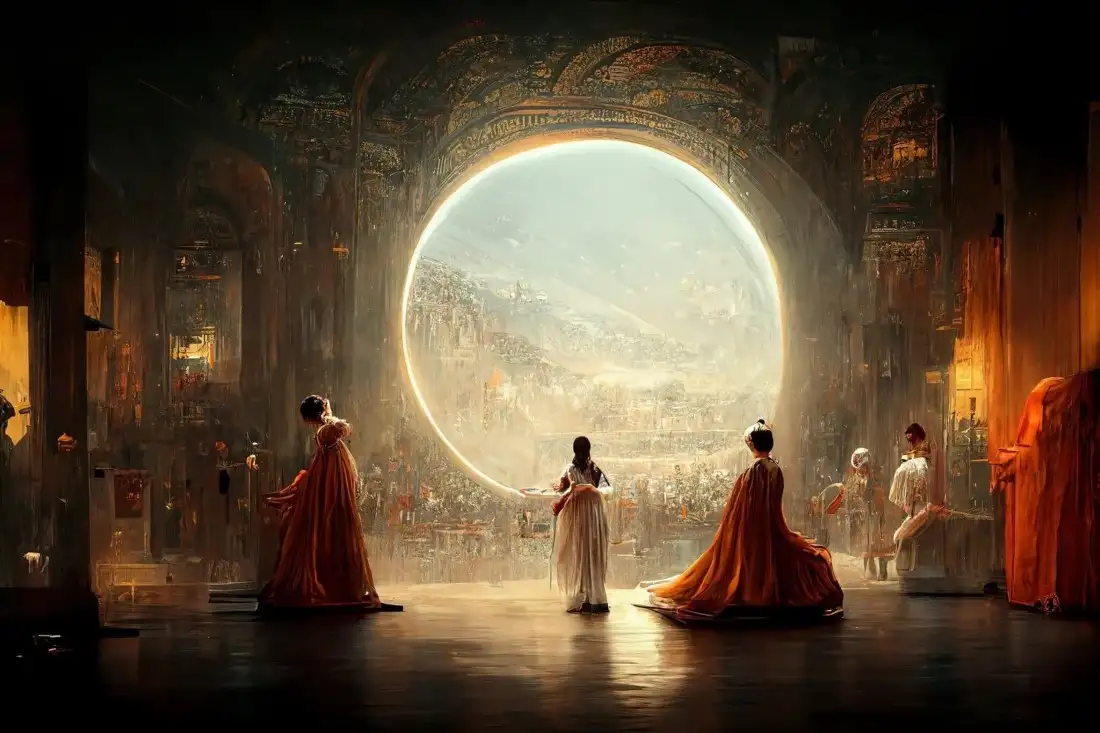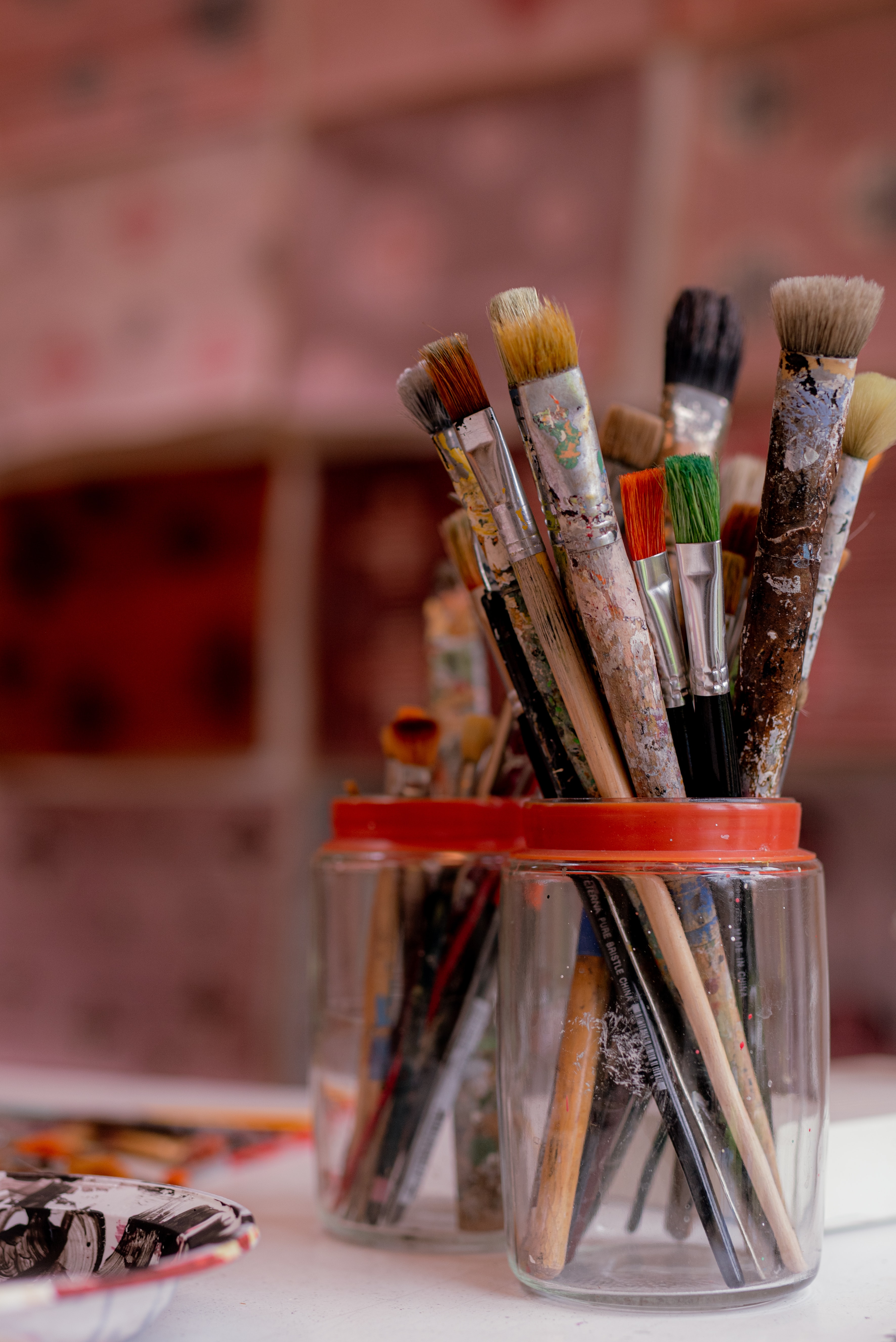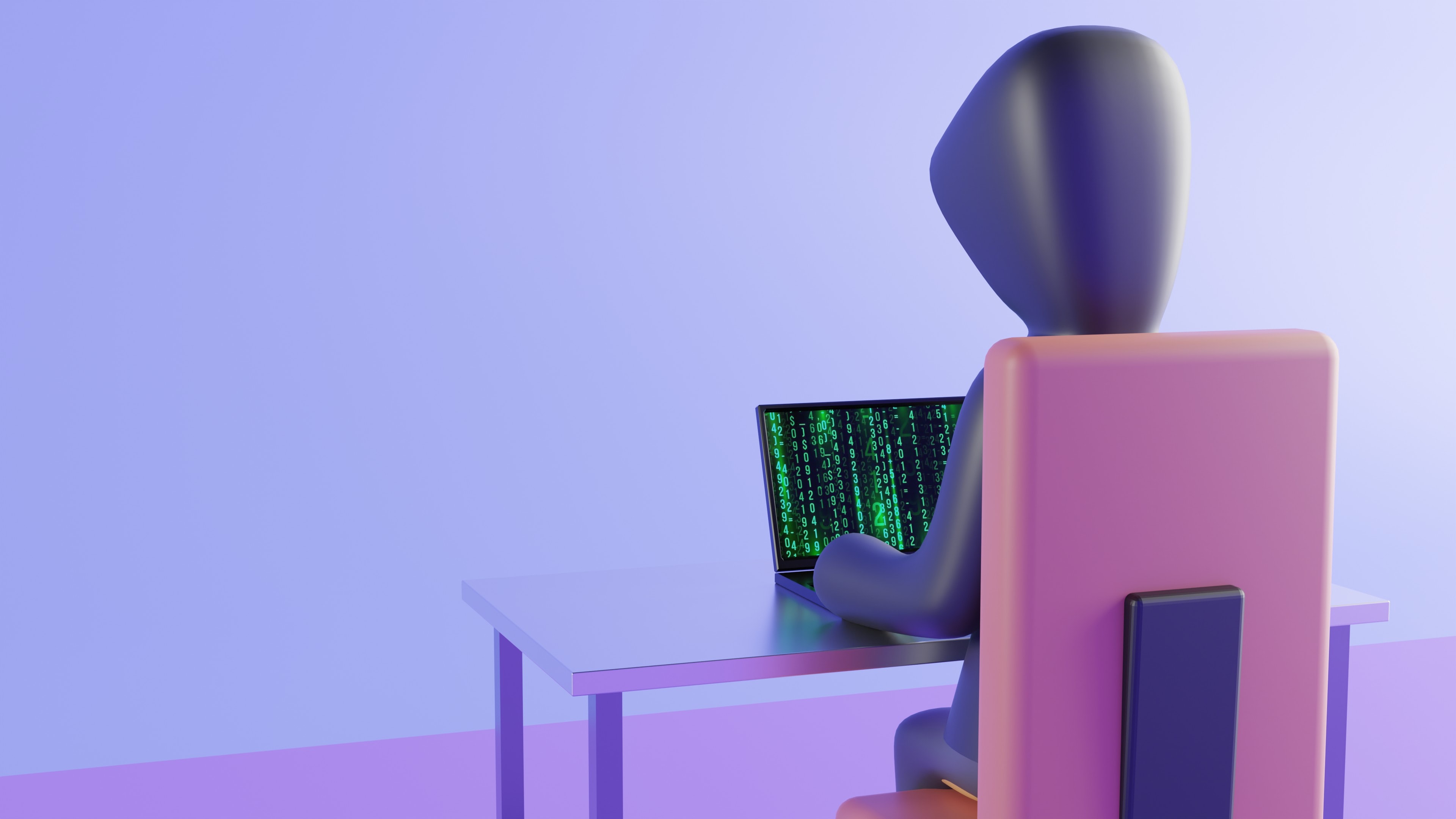AI art generators are far from being unknown in this day and age, yet the place they are attributed in society is still up for debate. This was magnificently illustrated when Jason Allen’s “Théâtre D’opéra Spatial” managed to get first place in the Colorado State Fair’s yearly art competition in the digital art category.

So, fair play or foul play?
How and what
Allen entered the competition by printing his AI generated art on a big canvas, and announced himself as “Jason M. Allen via Midjourney”. However, even though the very name he entered the contest leaves no room for speculation as to how the art was created, the judges for the contest later testified to not having been aware that it had involved an AI generator (probably because they were simply not acquainted with Midjourney). That being said, they continued by saying that it would have had no impact on their judgement at all, as they would’ve still picked it as the winner.
Moreover, Allen never claimed his art to be anything other than AI generated, and the rules of the contest explicitly state that any “artistic practice that uses digital technology as part of the creative or presentation process” is allowed. So in terms of cold hard rules, none were transgressed.

The art was created with the Midjourney generator, which is as of now only accessible on its official discord. To generate art-work, one must enter key-words which the generator will then process and ultimately transform into an art work issued of the data it has integrated in its machine learning algorithm. This means it will create a whole new image by studying the different artworks it has previously been provided with.
Photo de laura adai on Unsplash
Reactions
Once Allen had won the prize, he proudly showed his achievement off in discord and the post soon found itself reblogged on twitter. The reactions were varied, dived in two really, with one side expressing their distaste for resorting to such manners and the other trying to defend Allen’s actions.
The discussion has one question at its centre point: is AI generated art really art? That sure is a big question to ask and to answer it with the most objectivity I can muster we have to look a bit back.
Technical innovations, especially so in the realm of art and entertainment, have always been regarded with some amount of scepticism. Think for example about the rise of video games which have still not managed to shake off their stigmas or for something more closely tied with this generator problem: photography. Indeed, as bizarre it seems in our day and age, photography was far from always being considered an art form. In fact, the concerns and objections that were made against it are surprisingly reminiscent of the rhetoric people employ today to dismiss artwork generators. For example, according to an 1855 issue of The Crayon, photography did not possess
that refined feeling and sentiment which animate the productions of a man of genius.”
The question of what consists of art, which mechanisms are good enough to enter the world of painters, writers, sculptors and others is a constantly shifting thing.

With this in mind, it is a bit hard to seriously consider criticism that says that AI-generated artwork isn’t art because of its nature. Or that instead of giving the price to Allen, it should have been given to the AI art generator instead. Just like a photographer has had to learn how to manipulate a camera, people who operate AI art generators have had to master the tool to arrive at a satisfactory result.
Photo de Julius Drost on Unsplash
Art uses tools, and it seems natural that the tools used change in par with technology. As such, condemning the tools as either not human enough to be considered art, or fearing that it will signify the death of other artistic methods is more of a doomsday scenario than a soundly made conclusion.
Art theft
There is no point in holding a discussion to debate if art theft is morally good or bad. It’s inadmissible and that is the end of that.
How does this tie in with the rest of this little post? Well, some artists’ cautious if not hostile approach of generators like Midjourney is due to the belief that the work generated by these algorithms is a product of stolen artwork compilations. Let me rephrase, once you’ve made your art, you happily put it on your instagram page. Algorithms like Midjourney require an absurd amount of data to be able to function correctly, and they need a reference point to begin generating anything. So in order to acquire the data they need, the art you posted on your instagram might very well be employed to feed an AI art generator without your prior knowledge or consent.

Is that fair..? Well, debatable. Bear with me here, I think this is more an issue of scale than anything else.
When doing anything in life we take inspiration from our experiences. In artistic expression, this may take the form of looking at your favourite artist and drawing something inspired from them. Is it art theft then? Well, it depends. If you decide to copy the disposition of a certain drawing, then yes, it is. If you looked at the reference once or twice, though ‘’this is neat!’’ and then proceeded to make your own drawing out of that conclusion, then no, it’s not.
The same thought pattern should be, in my opinion, used for judging AI art generators.
Final word about Allen
After having cleared up some things about AI art generators, we are still left with the initial question: was it fair play or foul play for Allen to submit “Théâtre D’opéra Spatial” at the Colorado State Fair’s competition?
Well, as per the previously discussed points, the work definitely enters the ‘’art’’ category, so that need not be a point of discussion anymore. However, what is sure is that he and the other digital artists racing for first place did use drastically different methods to create their pieces. Just like it’s bizarre to make conceptual art compete with traditional painting, it’s bizarre to make AI-generated art compete with human generated digital art. So per the rules of the contest, absolutely nothing to report.
However, maybe they should reconsider making so many different types of art that have so little to do with one another compete in the same category (it would surely help people with feelings of unfairness).


Great discussion on what constitutes art and how AI-generated art fits into all of it! I actually discussed something similar for my presentation in my workgroup.
I really appreciate your argument about photography as an art form, since I didn’t think about that point yet.
Personally, I agree that it takes time and skill to learn how to manipulate AI-generators (and to make them as well), so the works should be appreciated in a separate category that places them within their proper context.
However, I’m still on the fence about whether AI-generated images can be called art.
If I spend hours on Canva to make a pretty CV with the templates they have, I don’t call the end result an artwork, even if it was a creative process. I have a similar mindset about AI-generated art currently, but that might change as they develop to be more sophisticated.
Thank you for the clear and convincing blog post 🙂